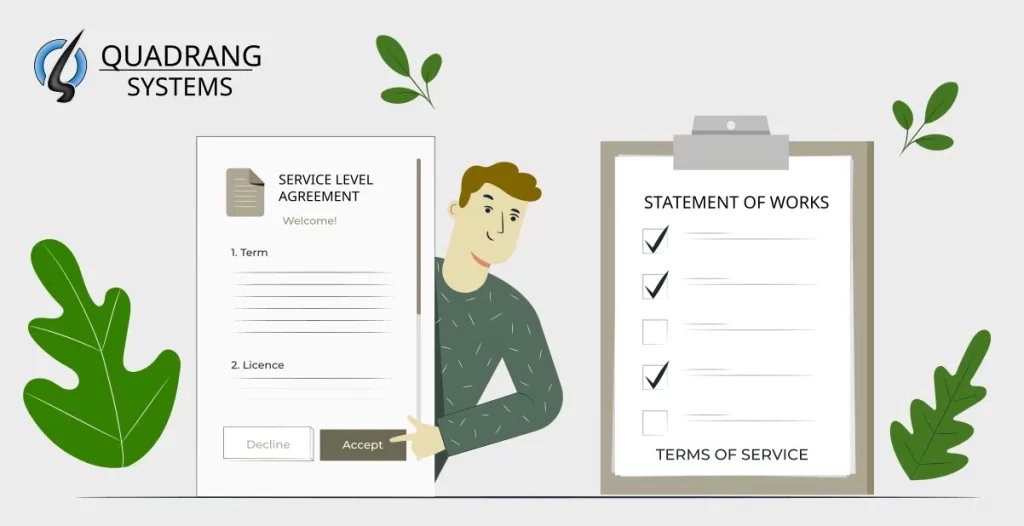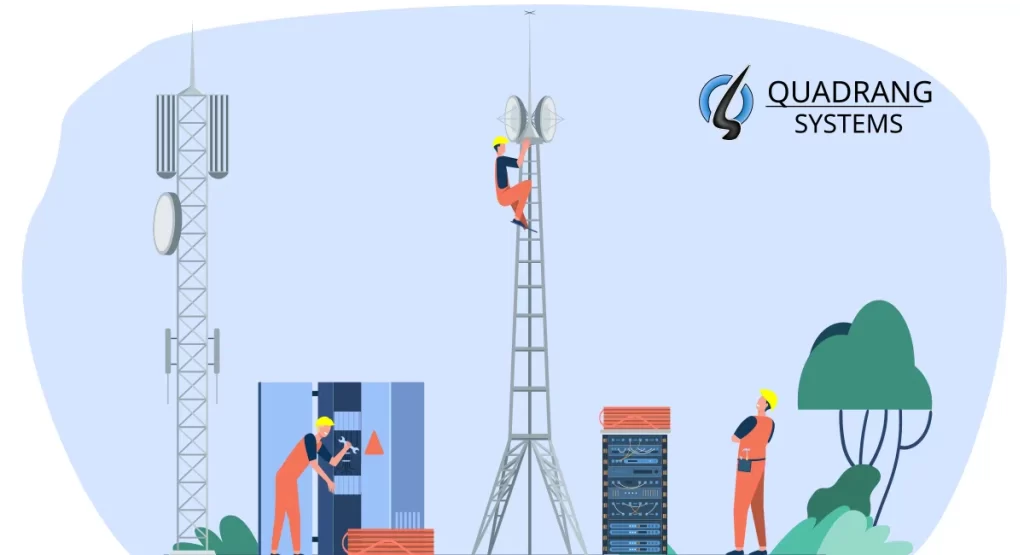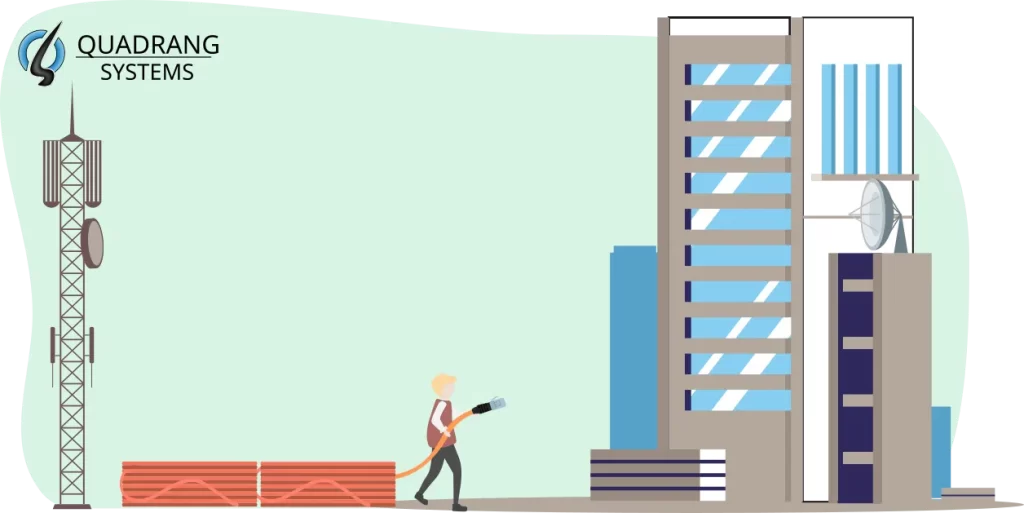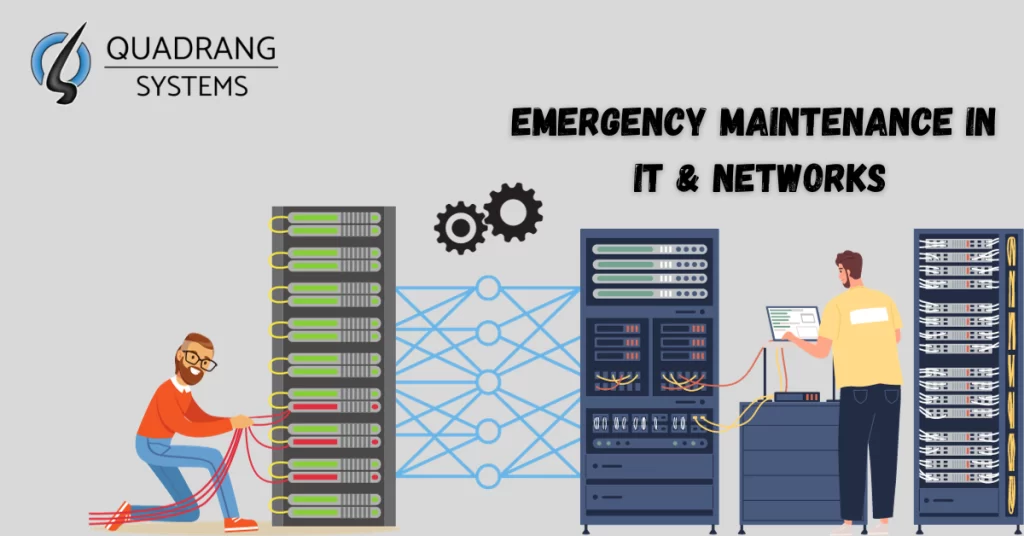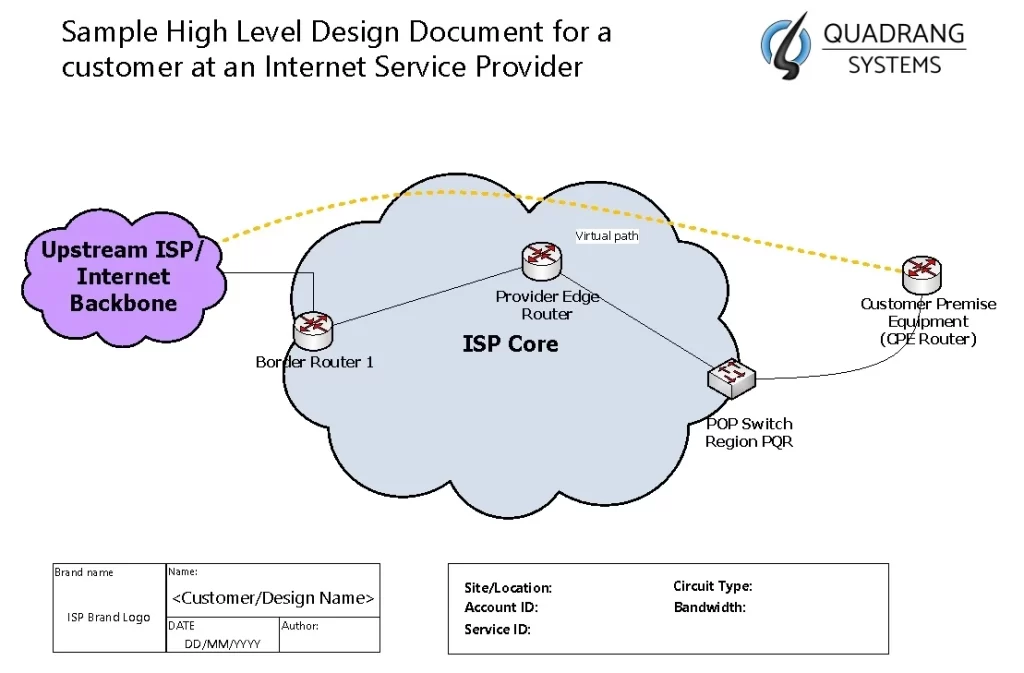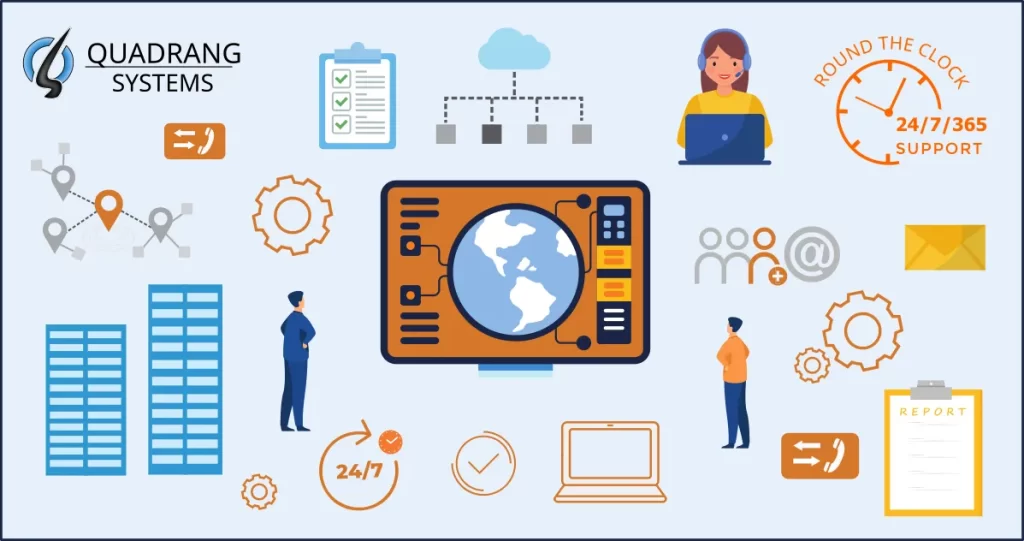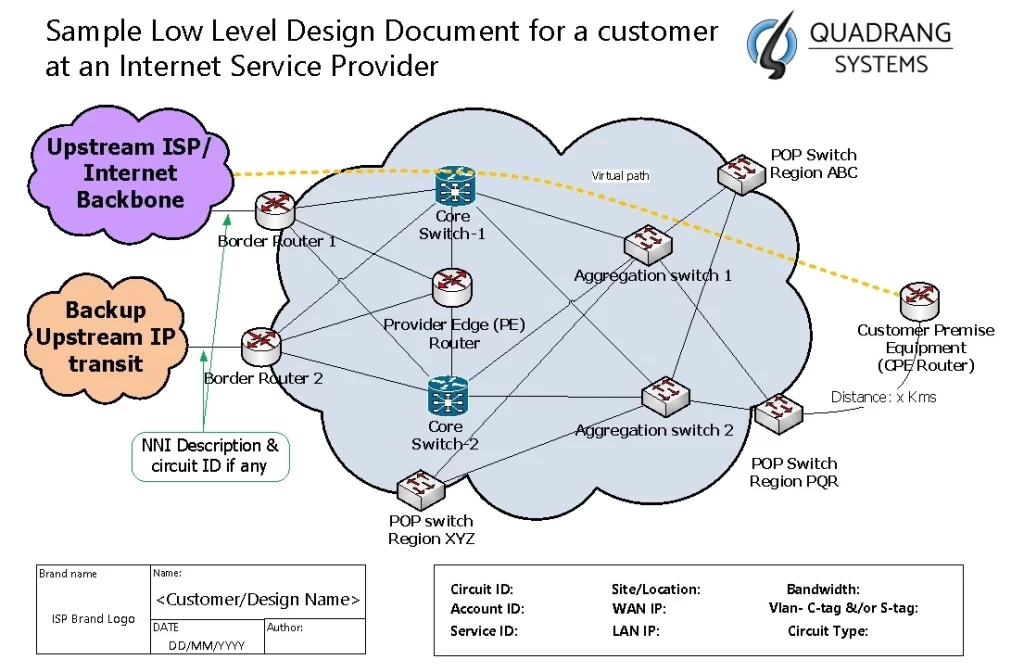Service Level Agreement (SLA) and Statement of Work (SOW) explained
The significance of Service Level Agreements (SLAs) and Statements of Work (SOWs) for ensuring transparent communication, aligning expectations, and building successful customer relationships cannot be overstated.
These two documents have distinct purposes yet prove equally vital in delineating project scope, duties, and outputs. Let’s explore what SLAs and SOWs entail in greater depth:
What is an SLA?
A formal contract between a service provider and customer that delineates expected service standards, including quality, availability, and responsibilities. It constitutes a binding commitment to satisfy predefined performance metrics and guarantees accountability on both sides.
SLA Components
- Service Description: Clearly articulates provided services, including breadth, constraints, and any exclusions.
- Service Metrics: Denotes measurable performance markers like uptime, response times, and resolution times.
- Responsibilities: Outlines obligations and roles for both parties, including escalation processes and communication pathways.
- Performance Targets: Institutes achievable objectives for service delivery, with penalties or rewards for meeting or exceeding them.
- Reporting and Review: Institutes reporting systems and regular review intervals to monitor performance and address any problems early.
SLA Benefits
- Clarity & Transparency – Provides clear expectations around services, minimizing confusion and disagreements.
- Customer Satisfaction – Boosts customer satisfaction by instituting clear standards and reliable service quality.
- Risk Mitigation – Pinpoints potential risks and puts mechanisms in place to mitigate them, enabling smoother project implementation.
- Accountability – Holds both parties responsible for their commitments, building trust and accountability.
What is an SOW?
A detailed document outlining the specific tasks, outputs, time frames, and milestones of a project. It constitutes a roadmap for project implementation and a reference point for monitoring progress and managing changes.
SOW Components
- Project Scope – Defines project goals, outputs, assumptions, and constraints.
- Timelines and Milestones – Particularizes project schedule, including vital milestones, deadlines, and dependencies.
- Resource Allocation – Identifies personnel, equipment, and materials needed to complete the project.
- Acceptance Criteria – Delineates standards for evaluating outputs and gauging project success.
- Change Management – Specifies the process for modifying project scope, budget, or timeline.
SOW Benefits
- Clarity and Alignment – Ensures unified understanding of requirements, expectations, and outputs among stakeholders.
- Risk Management – Assists with early identification of potential risks and dependencies for proactive mitigation.
- Customer Satisfaction – Boosts customer satisfaction through on-time, on-budget, and specifications-driven delivery.
- Control and Governance – Furnishes a structure for project governance, including monitoring progress, managing changes, and resolving problems.
In Summary…
To sum up, both SLAs and SOWs are essential for planning, implementing, and overseeing software and IT projects. SLAs focus on performance and service quality, whereas SOWs specify specific tasks, deadlines, and deliverables. Using both in customer interactions ensures that there is clarity, responsibility, and openness, which fosters successful projects and long-lasting relationships.


